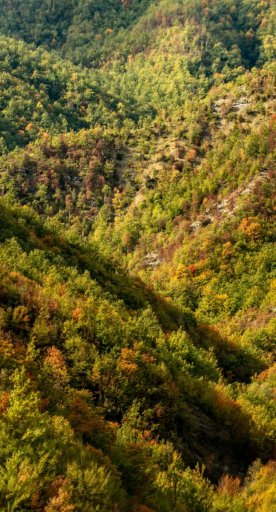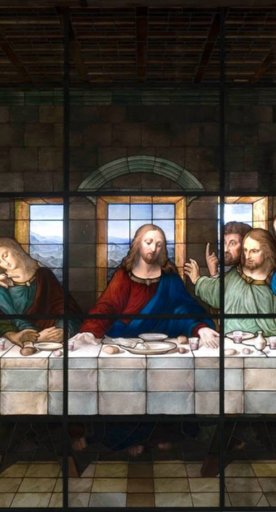
Hermitage of Montecasale
A place rich in Franciscan memories amid the woods of the Valtiberina
Along the route across the Alpe della Luna to the Marches, where pilgrims set out, a small convent was built in 1192 by Camaldolese monks. The complex, in the green woods and amid streams of water, also included a hospital and a hospice that welcomed wayfarers.
The history of the Hermitage of Montecasale, near Sansepolcro, took a turn in 1213: given to St. Francis by the bishop of Città di Castello, it became a place of primary importance for Franciscan spirituality and tradition. Here the friars of the order remained until 1268, when they were replaced by a small community of hermits who followed the rule of St. Augustine. In the early 16th century the friars minor capuchin settled here, and they still reside here today.

The Hermitage, as it stands today, is the result of Renaissance restorations. However, the complex still retains the original layout characteristic of the oldest Franciscan convents, with the juxtaposition of small buildings associated with monastic functions. It is a remarkable example of poor architecture, made of local materials and inspired by the simple life of the religious.
The oldest preserved work of art is a valuable polychrome wooden sculpture depicting the Madonna con Bambino (Madonna and Child), said to have been rescued from the ruins of the nearby castle and brought here by St. Francis himself. It is not, however, the only trace of the saint's passage through this place: the stone on which he slept, a crucifix, three small urns containing some relics, two skulls of the three thieves he converted, the whole hermitage is rich in Franciscan memories.






